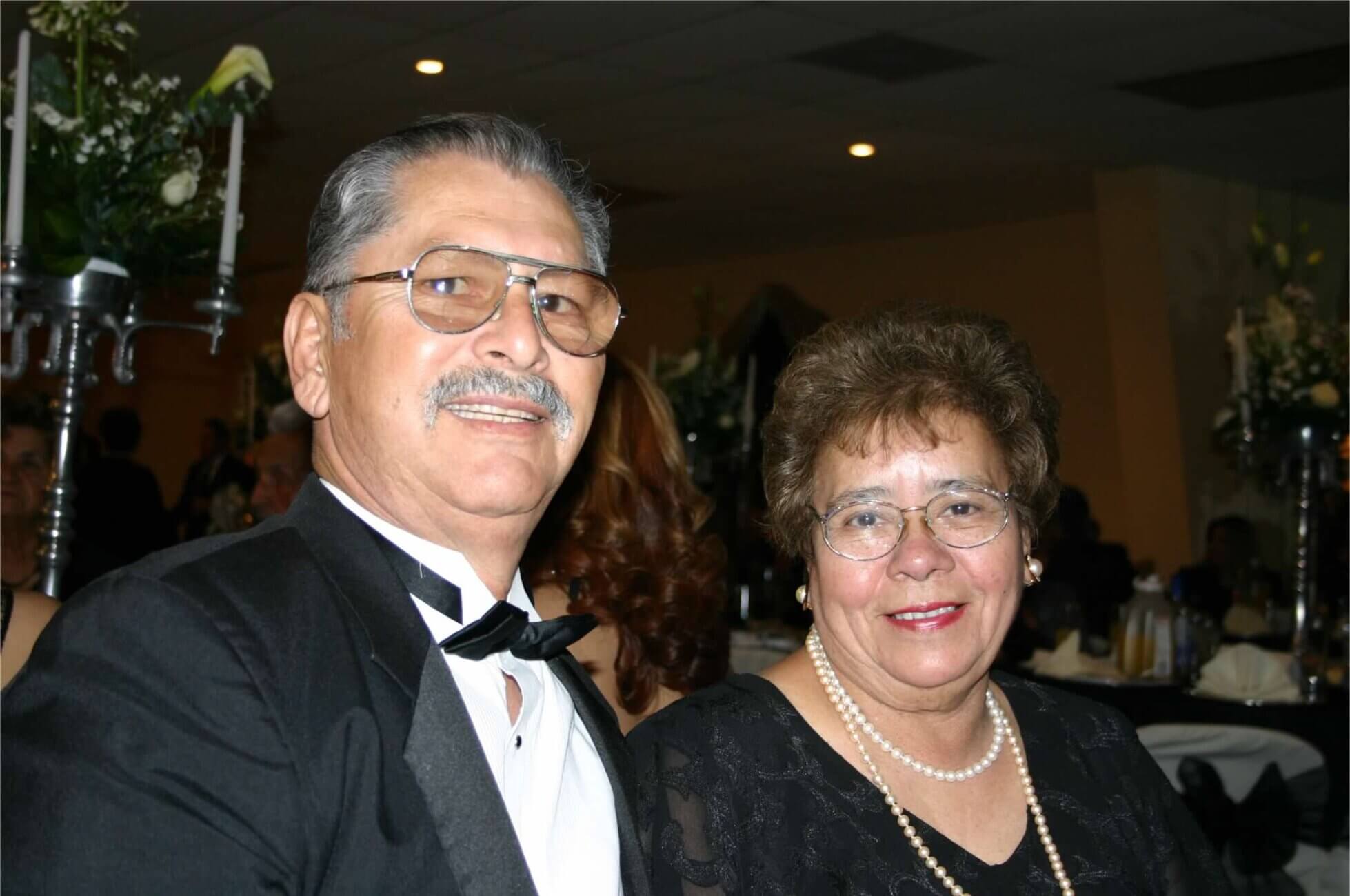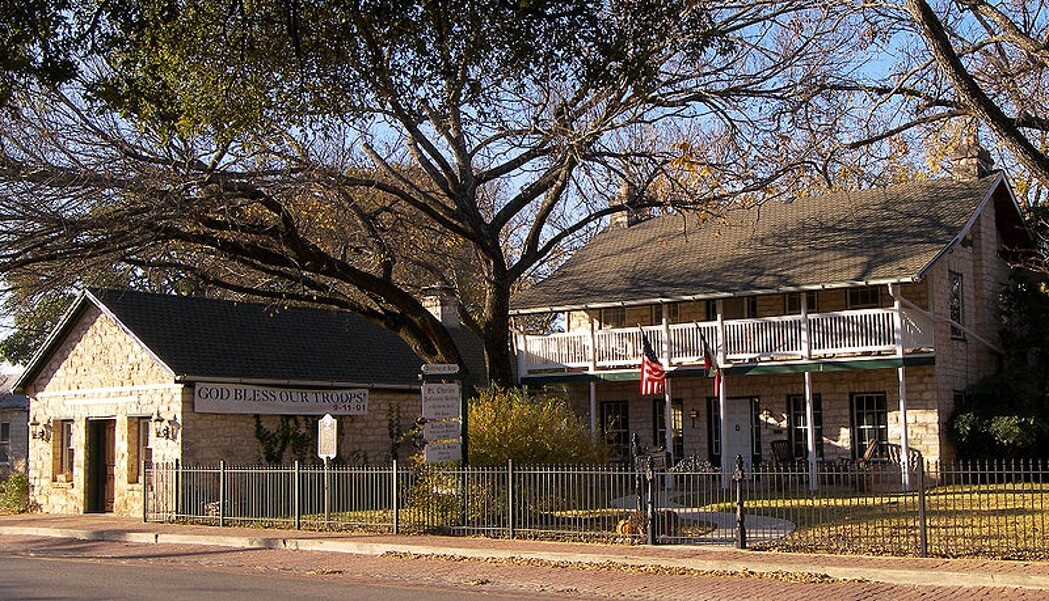The Historic Preservation Commission announced this year’s Local Legend Award honorees at the City Council meeting on Thursday, Nov. 16.
Chris and Linda Perez, as well as Old Town, were recognized for their contributions to Round Rock’s history.
The Local Legend Awards program was established in 1990 to recognize those that have had a lasting impact on the culture, development and history of Round Rock.
Round Rock Local Legend selections must have a direct connection to the founding of the City of Round Rock or help tell the complete story of the City of Round Rock, with an emphasis on historic preservation and education of the public.
Local Legends are recognized for:
- Importance to the City’ s founding or growth;
- Association with an historic place or event;
- Impact of service to the community’ s history, development or culture;
- Achievements that have brought honor and distinction to the City of Round Rock.
This historic preservation program is intended to share informative stories with the public about Round Rock’ s culture so that the public understands how the past shaped what Round Rock is today.
Historic Preservation Commission Members Audrey Simmons and Andrew Wolfe presented the awards and highlighted some of the accomplishments of each of the award recipients:
Chris and Linda Perez
Known as the “Old Town Mayor and First Lady,” Chris and Linda Perez met when they were migrant farmers picking cherries and cotton in Oklahoma down through Texas. In the early ‘60s, back when Round Rock had a population of mere 2,000, the pair settled down, set up their homestead, and began to put down those deep Round Rock roots. In November of 1966, the two became the first Hispanic business owners when they opened the doors to their dual barber and beauty shop. Mr. and Mrs. Perez considered the community as a “family” and treated it like one. When a client was too ill to come to the shop for a haircut, Chris was known to drive to the customer’s house to get the job done. It was this deep sense of family and community that drove the Perezes to believe that the town and community were “growing up together”. They were so tight-knit that several small businesses, in fact, were established with the guidance of the Perezes, ranging from advice to co-signing loans. Chris and Linda have been faithful members of St. Williams Catholic Church, and through the church, Linda became a member of the oldest chapter of the Guadalupanas, from the Nuestra Senora de Guadalupe, Patroness of America. This is a religious association organized by Mexican American Catholic women to provide leadership in social concerns and to perform works of charity. The Texas Baptist Children’s Home approached Chris and Linda to see if they would provide foster care to children when the Home did not have room for the number of children needing help. Over the years, they fostered twenty-three children. Their remarkable contribution to the community did not stop there. Both Chris and Linda have promoted and helped run “Frontier Days,” “Fiesta El Amistad,” and the “White Cane” society for the blind. Chris was a national speaker for the Williamson County Literacy Council. He toured the U.S., emphasizing the importance of education, especially since he only attended the third grade and never learned to read or write until he was well into his 50s. Additionally, Chris was a founding member of El Amistad Club, committed to supporting high school graduates with continued education through scholarships and support to the community. Linda became a familiar face at the courthouse, serving as a translator for both county and district courts. She was also a member of Ladies El Amistad. Chris also organized United Way campaigns from their shop for families with need in the community. With all of this, Chris found time to preside over the Lion’s Club and maintain a membership of the chamber of commerce and national membership of United Way of Williamson County. These contributions to the community and many others earned them the award of “Service to Mankind” from the City of Round Rock in 1979. The impact they have had on the development of Round Rock is incredible and has contributed to the “family” of Old Town.

Old Town Round Rock
“Old Town” is Round Rock’s original commercial settlement that emerged after Texas joined the Union in 1845, thirty years before its downtown was founded. When Jacob Harrell claimed his headright in 1840 for military service in the Texas Revolution, he selected land at a low water crossing on the Military Road leading north from Austin. As two stagecoach routes opened on the Military Road and settlers streamed into Texas, Harrell sold parts of his property to businesses as well as farmers, and by the 1850 Census, the area had a population of about 250. The settlement was originally called “Brushy” after the creek, but since another community was already using that name, the postal service asked for a new one. In 1853, postmaster Thomas Oatts named the community after a round rock that marked the low water crossing, where he often fished with Harrell.
Transporting building materials by ox cart was expensive, so most structures were built according to folk tradition with wood felled and milled nearby, and stone quarried from the creek bed. Surviving buildings include several homes, one of which was also where Dr. Black saw patients, the Stagecoach Inn, the St. Charles Hotel, the post office and general store, and a livery. Greenwood Academy, the county’s first high school, shared a building with the Masonic lodge, roughly where the current location of GattiTown is now. At least one family built a house where their six children would stay during the school year, though most students boarded with local residents. Greenwood’s most famous alumnus was probably outlaw John Wesley Hardin, who graduated after attending for a single day.
The Military Road was also used by the great cattle drives that helped Texas recover after the Civil War. In 1876 a railroad line was extended to within a mile of Round Rock, where the railroad company established a town around the depot. Businesses quickly relocated to take advantage of the depot and the area came to be known as “New Town,” while the original settlement became “Old Town.” Commercial activity in Old Town gradually faded until US highway 81 completely bypassed the Military Road in 1936.
Yet the lack of commercial attention helped to save many of Old Town’s historic buildings. In the 1950s a group of retired army officers bought and restored several of the old pre-railroad houses. The “Army Colony’s” enthusiasm encouraged the city to capitalize on its old west heritage with projects like creating the first Frontier Day in 1965 and renaming the old Military Road after the Chisholm Trail. Recent park projects also draw from the history of that original settlement, including the bronze cattle at Chisholm Crossing Park, restoration of the Stagecoach Inn and Heritage Trail.










